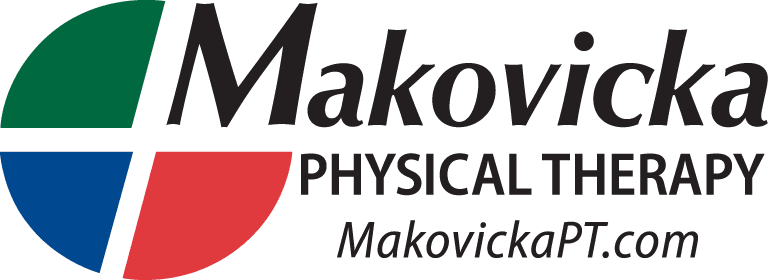There has been a myriad of research performed about which factors can propel an athlete to the top of his or her field as well as factors that are important in prevention of debilitating injury. The common component in each case is the athletes’ acute, precise ability to sense and minutely control their own position in space in relation to the key components of the sport (i.e. the basket, goal, ground, ball, other athletes, etc.). We tend to think of this as in innate ability; it’s either there or it’s not, but this is far from the case. Proprioception (ability to sense position in space), equilibrium and neuromuscular control are highly trainable and the benefits of doing so translate into fewer injuries and improved athletic success.
Picture a wide receiver sprinting down the field, turning his head over his shoulder to search for the approaching ball. As soon as his eyes are taken off the field, he can no longer use his vision for equilibrium. All of his other senses must be finely tuned enough to instantaneously sense position. Any unexpected occurrence that alters his position must be immediately adjusted to with precise neuromuscular control. The inability to do either of these things results in degraded performance at best, and injury at worst. It is perhaps the leading cause of non-contact injuries.
Self-assessment:
- It is easy to get an idea of a person’s potential reactions in these circumstances. To most effectively bring out deficiencies, try these:
- Stand on a pillow with one foot directly in front, but just barely off to the side of the other. Begin with your head centered and directed forward. (High level athletes or those playing on uneven surfaces should be able to stand with one foot directly in front of the other on foam.) Turn your head and look as far up and to the left as you can. Hold for five seconds while maintaining balance. Then move head as far down and to the right as you can. Hold for 5 seconds. Repeat, starting at the top right and moving toward the bottom left. This should be possible fairly quickly for 5 cycles without loss of balance, with each leg leading. It should also be possible with eyes closed or with eyes maintaining focus on an object held out in front of you that you move through the diagonal motion along with your head. If not, there is a significant risk for injuries.
- Another simple demonstration is to compare the time you are able to stand on one leg with your eyes open versus with eyes closed. If there is a significant decline with your eyes closed, it cannot be because of strength, since you can do it with your eyes open. It is a lack of neuromuscular control and sensory organization that can be dangerous in dynamic circumstances.
At Makovicka physical therapy, we can easily and precisely tease out any deficiencies that might lead to future injuries and start you on a program of a few simple home exercises to address areas of concern. People who have already suffered injuries, especially sprains, are at higher risk of continued injury, but it is so easily addressed! Don’t wait; be proactive! Visit our website at www.makovickapt.com to find the clinic nearest you and call to speak with a physical therapist about the best course of action. We have therapists with specialized training in equilibrium, neuromuscular control, and sport-specific activities that will create a personalized plan for you!
